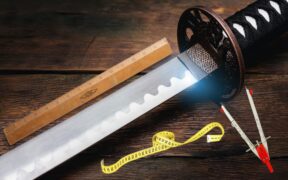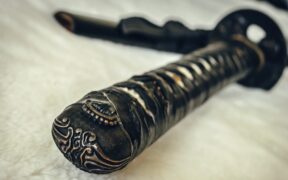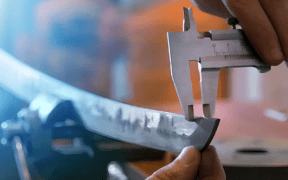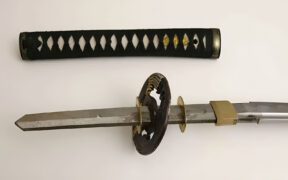How to Choose The Katana Length for Your Height (5 Methods)
NO AI USED This Article has been written and edited by our team with no help of the AI
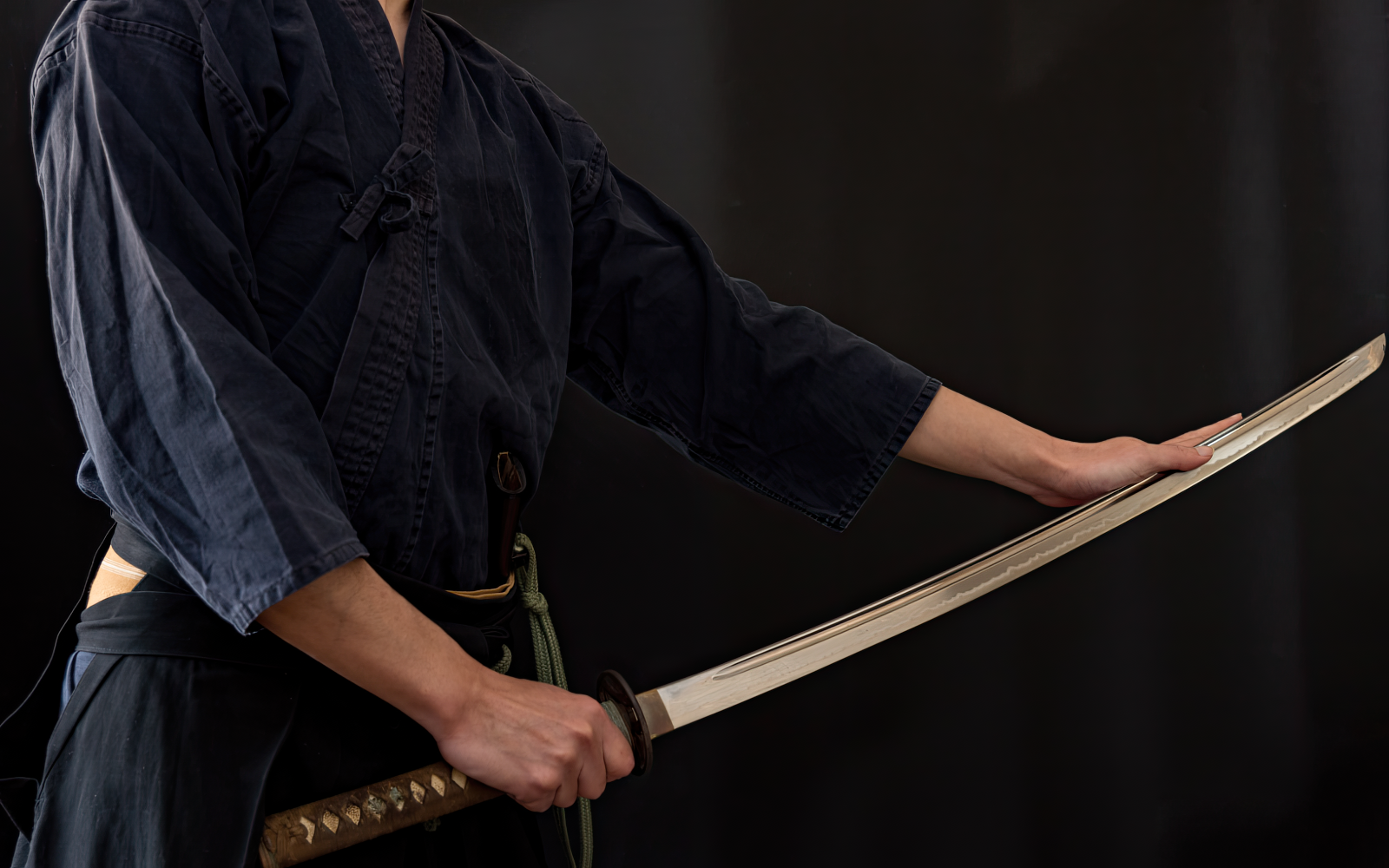
Not only is choosing the right katana length important to allow you to experience its full potential, but using the wrong length can also lead to poor striking and often results in injury to yourself or others.
In this guide, we review the length of a traditional katana, its historical origins, and five key methods for finding the ideal katana length based on your height.
How Long Should a Katana Be?
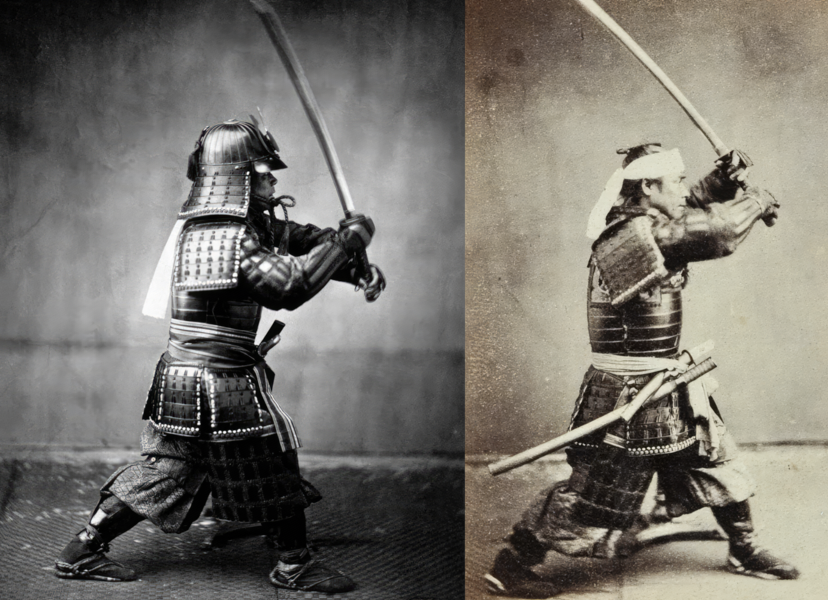
The length of a traditional katana used in Tameshigiri (cutting practice) ranges from 33 to 39 inches (85 to 99 cm). This length is based on historical measurements from various Japanese sword schools during the Edo Period (17th–19th century CE). This is when the katana became common in Japan’s everyday life and culture.
However, there is no exact number for how long a katana should be as battlefield conditions influence katana length. For example, much longer katanas appeared during the Nanbokucho period (14th century CE).
Like us, the samurai also varied in height, resulting in the need for different lengths of katana. At the time, the height of a samurai averaged between 5.1 to 5.4 feet (155 to 165 cm) while the average height of a katana user today is much taller. Therefore, different methods have been developed to work out the correct katana length for you.
Maasaki Hatsumi, the founder of Bujinkan, a Japanese martial arts organization says, “The katana size needs to be just right… This was because the purpose of the sword went far beyond its function as a weapon”.
Finding the Right Katana Length
The Japanese katana is typically measured using one of the following Japanese systems: the shaku (12 inches/30 cm), sun (1.12 inches/3 cm), and bu (0.11 inches/0.3 cm).
Measuring your own height is crucial when finding the perfect katana size. Follow this chart as closely as possible to find your ideal fit. Keep in mind that there’s no correct length, just a recommended one since some users prefer a longer or a shorter-sized katana.
Method 1 – Corresponding Length Based on Height
| User’s Height | Blade Length | Handle Length |
|---|---|---|
| 4 ft 11 | 150 cm | 26.2 inches | 66.7 cm | 8.9 inches | 22.7 cm |
| 5 ft 1 | 155 cm | 26.8 inches | 68.2 cm | 8.9 inches | 22.7 cm |
| 5 ft 3 | 160 cm | 27.4 inches | 69.7 cm | 9.5 inches | 24.2 cm |
| 5 ft 5 | 165 cm | 28.0 inches | 71.2 cm | 9.5 inches | 24.2 cm |
| 5 ft 7 | 170 cm | 28.6 inches | 72.7 cm | 10.2 inches | 25.8 cm |
| 5 ft 9 | 175 cm | 29.2 inches | 74.2 cm | 10.2 inches | 25.8 cm |
| 5 ft 11 | 180 cm | 29.8 inches | 75.8 cm | 10.7 inches | 27.3 cm |
| 6 ft 1 | 185 cm | 30.4 inches | 77.3 cm | 10.7 inches | 27.3 cm |
| 6 ft 3 | 190 cm | 31.0 inches | 78.9 cm | 10.7 inches | 27.3 cm |
| 6 ft 4 | 195 cm | 31.6 inches | 80.3 cm | 11.3 inches | 28.8 cm |
| 6 ft 5 | 200 cm + | 32.2 inches | 81.8 cm | 11.3 inches | 28.8 cm |
Keep in mind that the chart above reflects the traditional measurement for a katana. Some Japanese ryuha (martial art schools) do not follow it strictly.
This chart can apply to both males and females, but the standard for a female is usually 0.11 inches (0.3 cm) shorter since on average females are shorter in height.
Method 2 – Side by Side Measurement
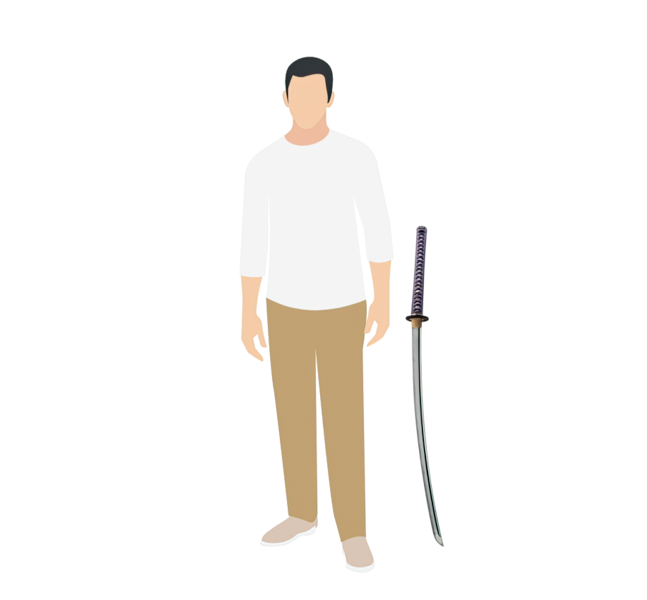
The next method requires you to hold the katana to your side by its handle with its tip pointed towards the ground.
The blade’s tip should be leveled with your ankle bone and should not touch or scrape the ground when you move back and forth.
The space between the tip and the ground should be around one to two inches (around 3 cm).
Using a Tape Measure
If you do not have a katana, you can use a tape measure to find the ideal blade length. Simply hold the tape measure in your hand with your arm extended at your side. Let the tape extend down to the ground and note its length.
Method 3 – Matching The Forearm and the Katana’s Handle
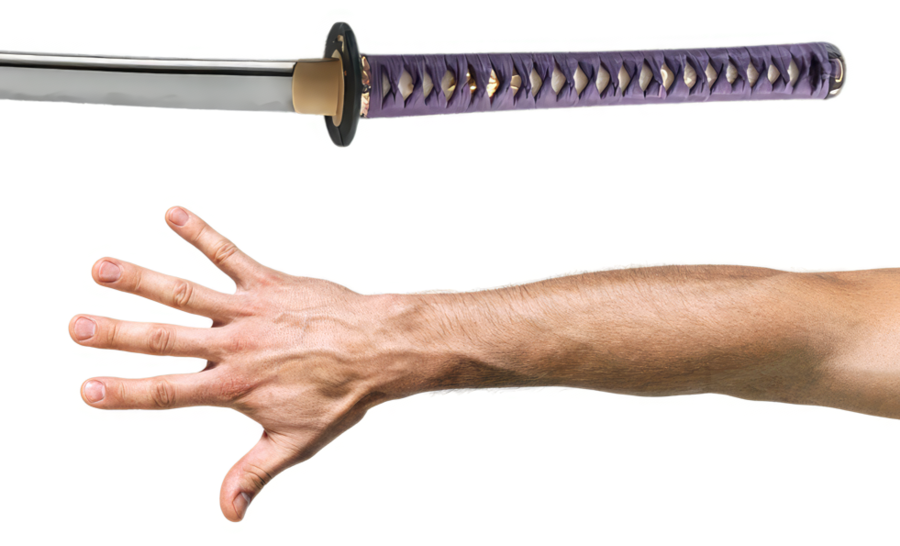
The handle of a katana should be about the same length as your forearm. Using a tape measure, note down the length from your elbow to your wrist.
This length is generally standard for most people because the forearm tends to be proportionate to one’s hands. Based on this measurement, both hands should be able to grip the handle comfortably with adequate space between them, allowing most motions to be easily executed.
Hand Measurement
Another way to get the proportions needed for your ideal handle length is to do the following.
Place your hands flat on the table next to each other. Clench your fists tightly as if holding a katana. Do this alongside a tape measure and note the length, then add 3 to 4 inches (7.5 to 10 cm) to this measurement to find your ideal handle length.
Method 4 – Training with a Katana Sword – Bokken & Iaito
A bokken is a practice katana made from wood or bamboo while an iaito is a steel version. Training using these practice swords are a great option for users to feel out the best length for them.
While good to determine length, keep in mind that the bokken will not weigh the same as an actual sword.
Method 5 – A Katana That Feels Right
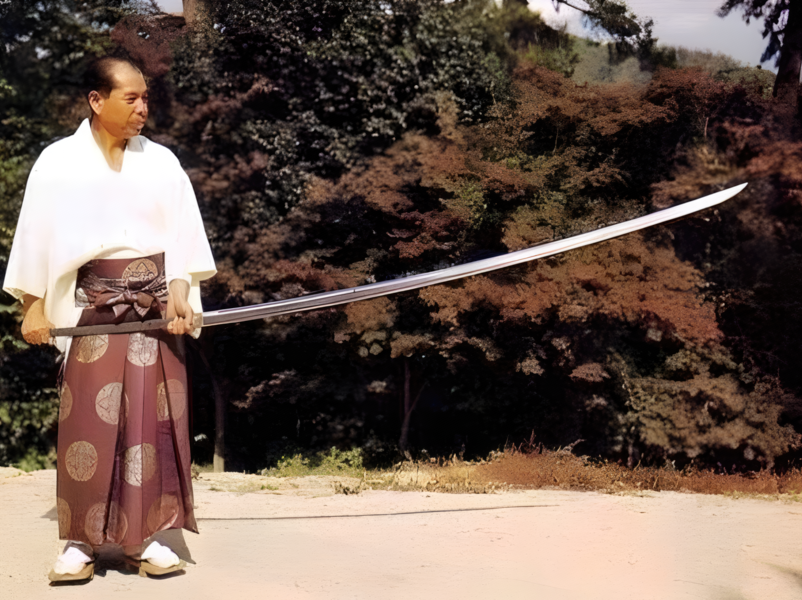
Although there is a recommended length based on one’s height, some users still prefer a longer or shorter katana. That is why one of the best methods is to start with an affordable replica of a katana or iaito to practice various kamae (stances). You may find you prefer a longer (o-katana) or shorter (ko-katana).
After mastering the kata (strikes), you can then use your katana to practice on easy targets such as water bottles or paper. This approach will help you get a feel for the katana and determine the right length for you.
